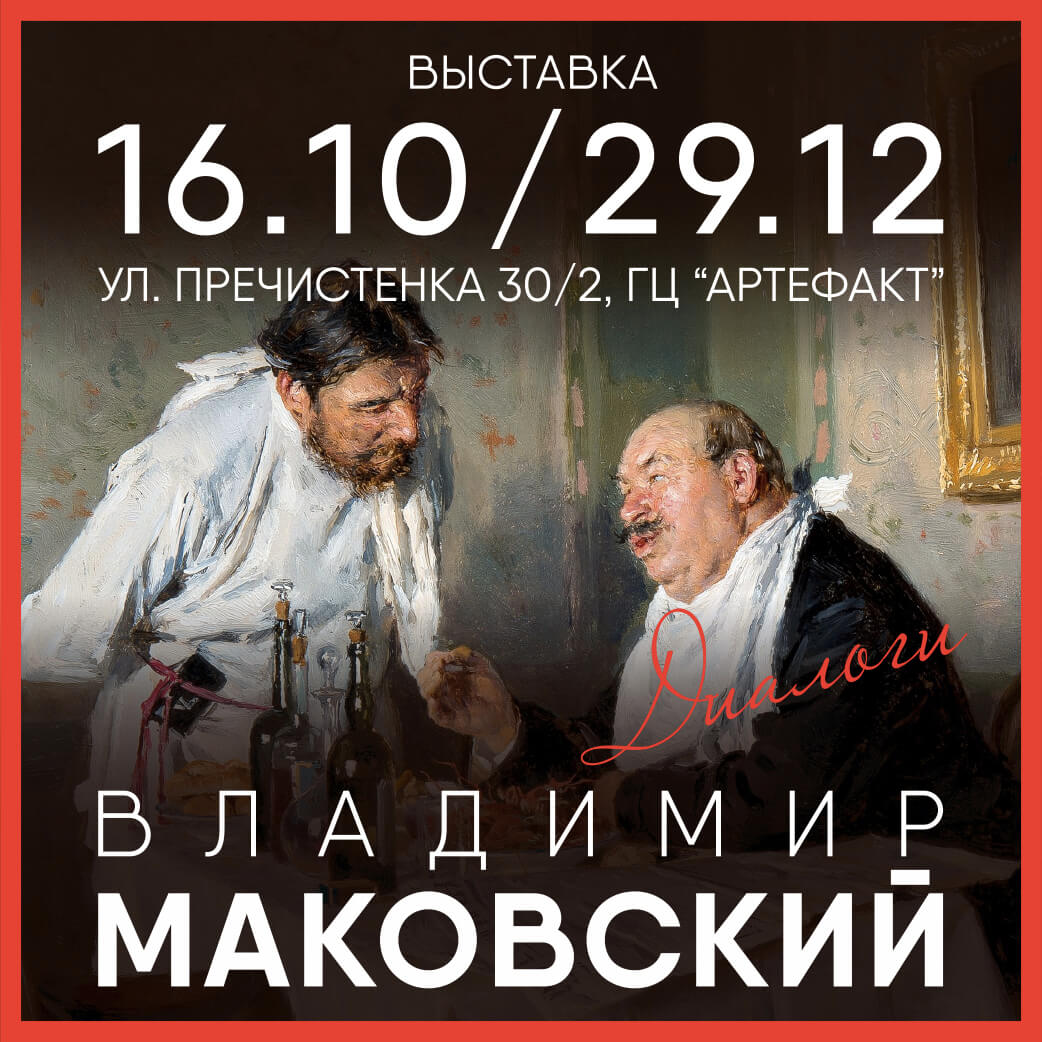In Mexico, discovered rare wall paintings
Mexican archeologists have discovered rare wall paintings in the style of teotiuakanskom
recently in the Mexican El Rosario (Municipality of San Juan del Rio, State of Querétaro), were found four fragments of polychrome wall paintings. Specialists believe that they were created from Teotiuakana, founded in this settlement. While these are the only examples of paintings of its kind found outside of this ancient city in the region Bahio.
A fragment of upper-level painting, apparently, contains teotiuakanskie characters. This sign is similar to the later Aztec hieroglyph CALLI «House», which is the right of the helmet (or perhaps an element of dress), decorated with feathers.
The main level of murals depict some areas - perhaps with inscribed into it toponymic characters. Between the hills are great men, or warriors with shield and headgear with feathers. Among the elements unique to teotiuakanskoy the iconography and literature, - straight and curved knives obsidianovye.
In addition, according to archaeologist Forelly Phenols (Fiorella Fenoglio), responsible for the iconographic study finds, in the paintings are images bleeding hearts, symbolizing the human sacrifices, the so-called «curls speech», denoting it as well as censer. Used colors - red, black, yellow and green and blue - to match teotiuakanskoy palette.
Four wall murals were found in the portico, leading into the central complex of the city. Currently studied no more than five percent of the building, so to speak of its functions is impossible. In addition to murals, the excavations at the site were found ceramic statuettes, vessels, and stone (especially obsidianovye) shells, wood logs up to 1.5 m in length, the remnants of fabric.
El Rosario refers mainly to the classical period. It traces the development of four major construction phase, three of which occur in 250-650 years, and the last - epiklassichesky - for 650-900 years. Discovered paintings belong to the first phase. When building the second version of the building, they were filled and partially damaged. Archaeologists have found that each stage of construction was accompanied by a dedicatory victims whose ashes are in the pockets of red stone, sand hillock, bones, bats, obsidianovye and other stone tools, wooden poles. All this reminds construction sacrificial caches in Teotiuakane.
character and motives of painting is in favor of what we do not imitate teotiukanskoy the culture of local nobility, and a full element teotiuakanskoy culture. El Rosario - one of the hill Bahio vast region, covering the low-lying parts of the state of Guanajuato, the state of Querétaro (west of the capital), the valley of Morelia and La Piedad Michoacán in the north and the eastern lowland regions of Jalisco. In the classical period is a unique culture and tradition which characterizes the depth area (plaza hundida). In the late classical period, the population Bahio of the first wave of settlers, headed south and settled in the valley of Mexico.
El Rosario was discovered in 1958 by the archaeologist Roberto Gallego. Even then he was very badly damaged. In 1975, under the leadership of Enrique Naldy have been the first excavations. The last time the monument was studied in the late 1990's, when the Archaeological Atlas of Mexico. Currently, the central zone of the monument destroyed about 60 percent of buildings. This is due, on the one hand, the topography, which leads to the instability of buildings. On the other hand, these natural destruction enjoy Mexican «black archeologists» or simply local residents to discover valuable artifacts.
For these reasons, the responsibility for preserving a very valuable and fragile paintings in El Rosario assumed the National Institute of Anthropology and History (INAH). Now his representatives are negotiating about the provision of necessary resources for treatment and further transportation of paintings in the Regional Museum of Querétaro, where they will be carefully studied and laid.
material produced Catherine Onuchin, AI
Sources: , artinvestment.ru
Permanent link to:
https://artinvestment.ru/en/news/artnews/20090627_mexico_murals.html
https://artinvestment.ru/news/artnews/20090627_mexico_murals.html
© artinvestment.ru, 2025
Attention! All materials of the site and database of auction results ARTinvestment.RU, including illustrated reference information about the works sold at auctions, are intended for use exclusively for informational, scientific, educational and cultural purposes in accordance with Art. 1274 of the Civil Code. Use for commercial purposes or in violation of the rules established by the Civil Code of the Russian Federation is not allowed. ARTinvestment.RU is not responsible for the content of materials submitted by third parties. In case of violation of the rights of third parties, the site administration reserves the right to remove them from the site and from the database on the basis of an application from an authorized body.


